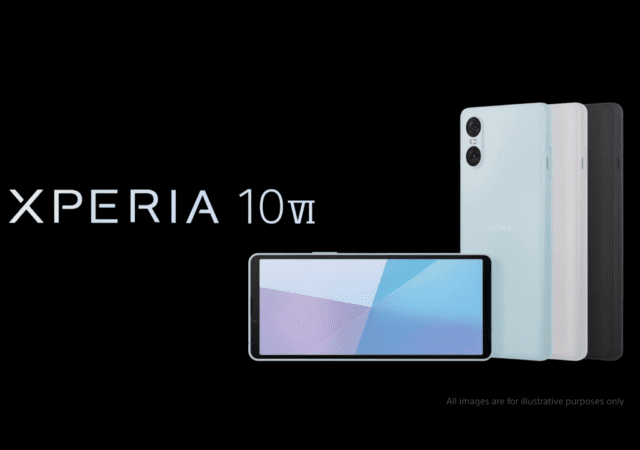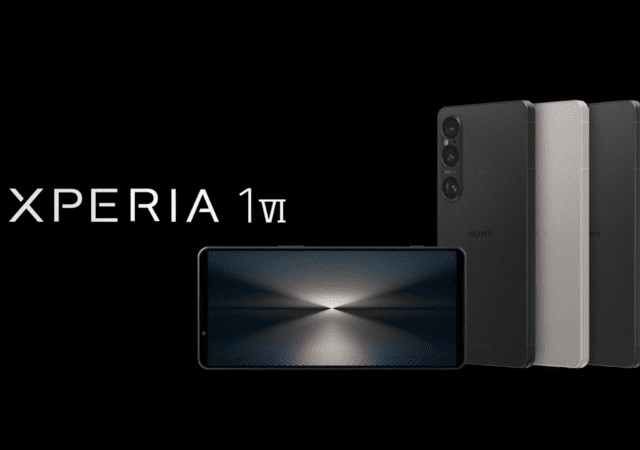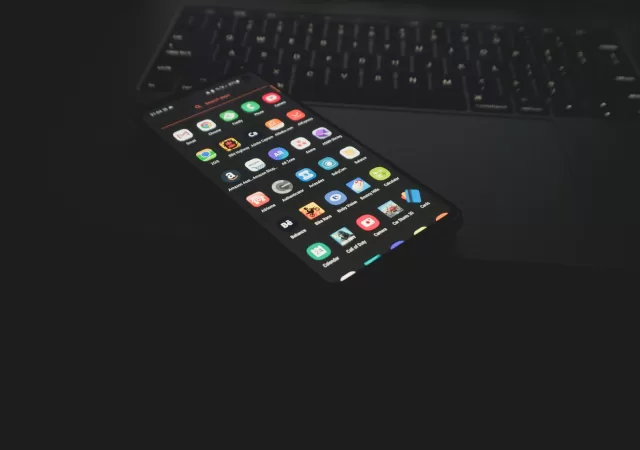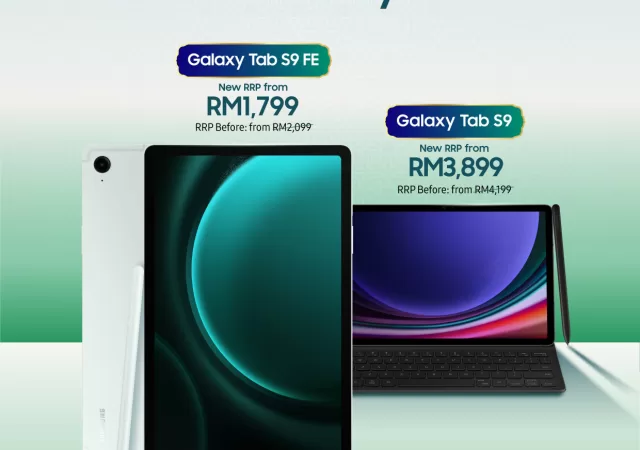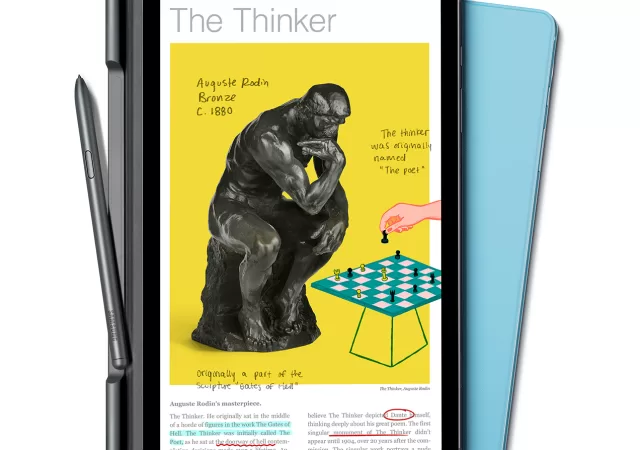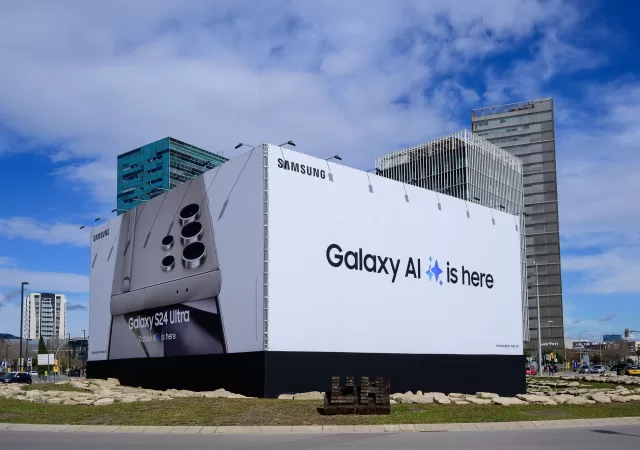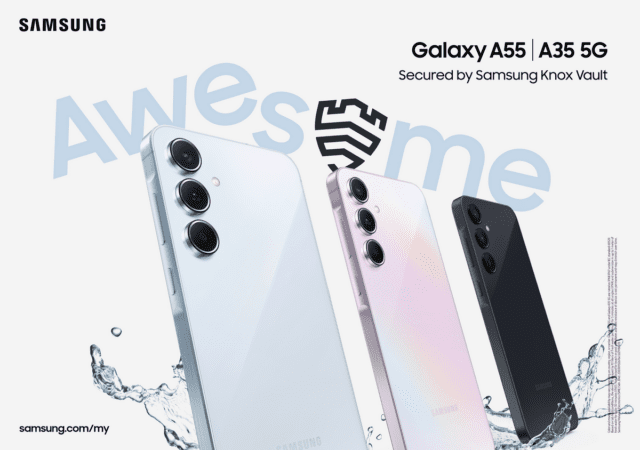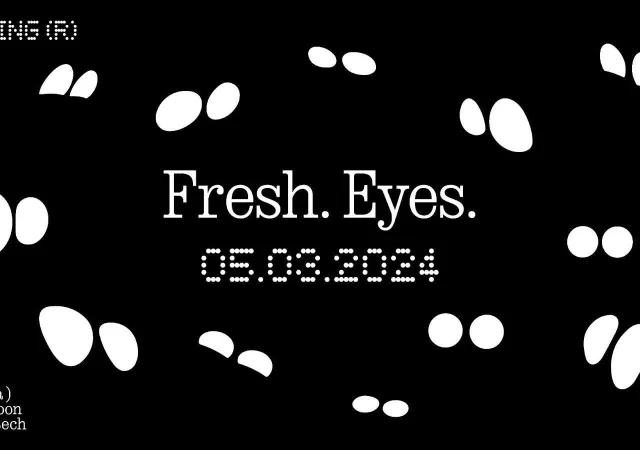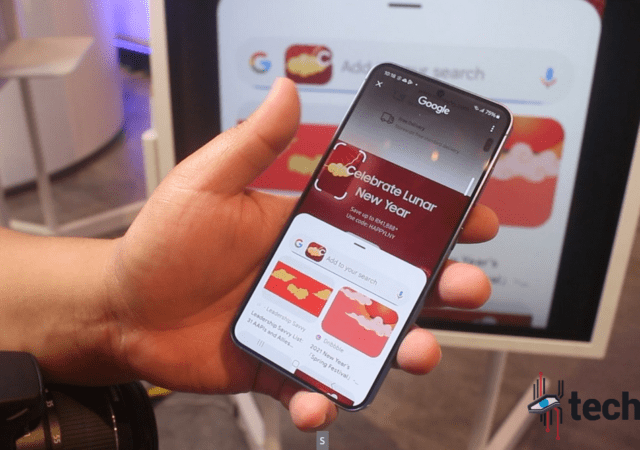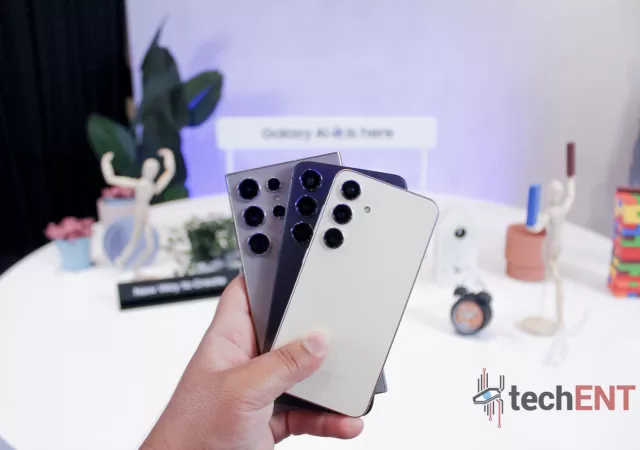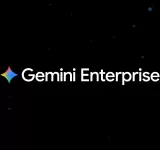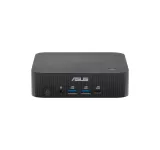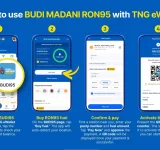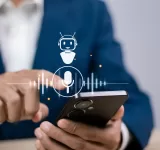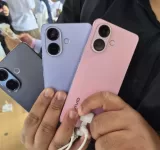Sony announced the Xperia 10 VI along side its flagship Xperia 1 VI bringing a similar creator focused device to a more affordable price point.
Sony Unveils New Xperia 1 VI Complete with Partnership with Activision
Sony announces its new flagship smartphone – the Xperia 1 VI – that brings together know how from across the organisation into one device.
Android Users! Your Data Could Be Compromised Due to “Dirty Stream” Exploit
Android Users beware! A large number of apps could be compromised thanks to sloppy implementation of a core Android feature.
Samsung Reprices Galaxy Tab S9 & Galaxy Tab S9 FE in Malaysia
Samsung’s popular Galaxy Tab S series is getting more affordable. No, Samsung didn’t release another edition of the series. Instead, the tablet lineup is getting a price adjustment. The prices are taking effect starting on April 9, 2024. The Galaxy…
Samsung Refreshes the Galaxy Tab S6 Lite for 2024 with the Exynos 1280
Samsung refreshes the Galaxy Tab S6 Lite with the Exynos 1280 and One UI 6.1 for 2024.
Galaxy AI Comes to Older Devices with One UI 6.1 Update starting March 28
Samsung’s Galaxy AI lands on more devices starting on March 28 with the global roll out of One UI 6.1 to older flagships.
Samsung Galaxy A Series Released with Knox Vault
Samsung announces the new Galaxy A series with the Galaxy A55 and Galaxy A35 that come with Knox Vault for better data security.
Nothing Phone (2a) Launches on March 5 2024. Here’s What We Know So Far…
Nothing is set to unveil its latest Nothing Phone (2a) on March 5, 2024. Here’s everything that we know so far.
Galaxy AI Takes Centre Stage at Unpacked
Samsung’s Galaxy S24 isn’t just about hardware, it’s about simplifying and enhancing user experiences with Galaxy AI.
Samsung Pushes Boundaries with a Renewed Galaxy S24 Series
Samsung announces its new Galaxy S24 series that brings Galaxy AI front and center and a new, innovative Quad Tele System.



